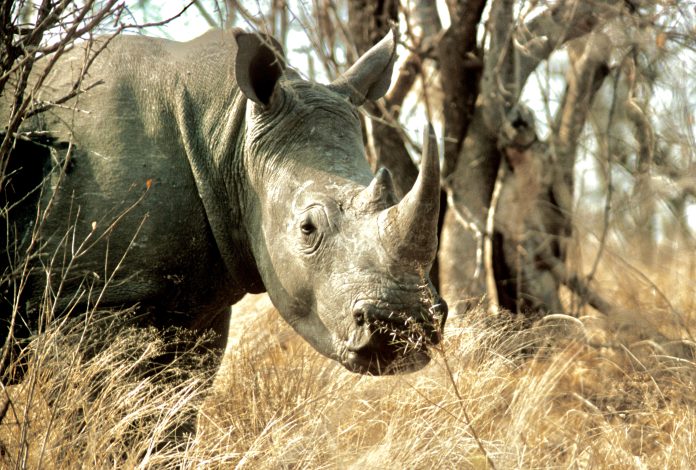You can help all animals and our planet by choosing compassion on your plate and in your glass. #GoVeg
RELATED ARTICLES
Pressure Mounts For Arizona To Ban Dog Pack Hunting Of Mountain Lions, Bears & Other Critical Species
Conservation groups have submitted a petition to the Arizona Game and Fish Commission urging a ban on the use of dog packs for hunting...
Help Save Millions Of Lives This Holiday By Choosing Compassion On Your Plate; Adopt A Turkey Today!
As Thanksgiving approaches, we hope you enjoy a warm and safe holiday. We encourage you to make a compassionate choice by leaving animals off...
Giraffes Are One Step Closer To Receiving Vital Endangered Species Act Protections
In response to a petition and subsequent lawsuit by conservation and animal protection organizations, the U.S. Fish and Wildlife Service (USFWS) has proposed listing...
Popular stories
Featured Animal Spotlight
The World Mourns After Two Extremely Rare White Giraffes Are Killed By Poachers At Kenyan Wildlife Sanctuary
Photos By: Ishaqbini Hirola Conservancy
It is with great sadness that WAN reports the tragic and senseless killing of two extremely rare white giraffes, a...
News
Breaking! The UK Introduces Legislation To Recognize Animals As Sentient Beings & Publishes History-Making Action Plan For Animal Welfare
Yesterday, following a speech by Queen Elizabeth, the UK Government published a history-making Action Plan For Animal Welfare. The plan is designed to revolutionize the treatment of...
Breaking News
FOUR PAWS Rescues Two Abused Baiting Bears Who Were Forced To Fight With Dogs In Pakistan
Photos by: FOUR PAWS / Usman Ghani
Since their arrival in Islamabad on April 5th, a team of veterinarians and wildlife experts from global animal...



